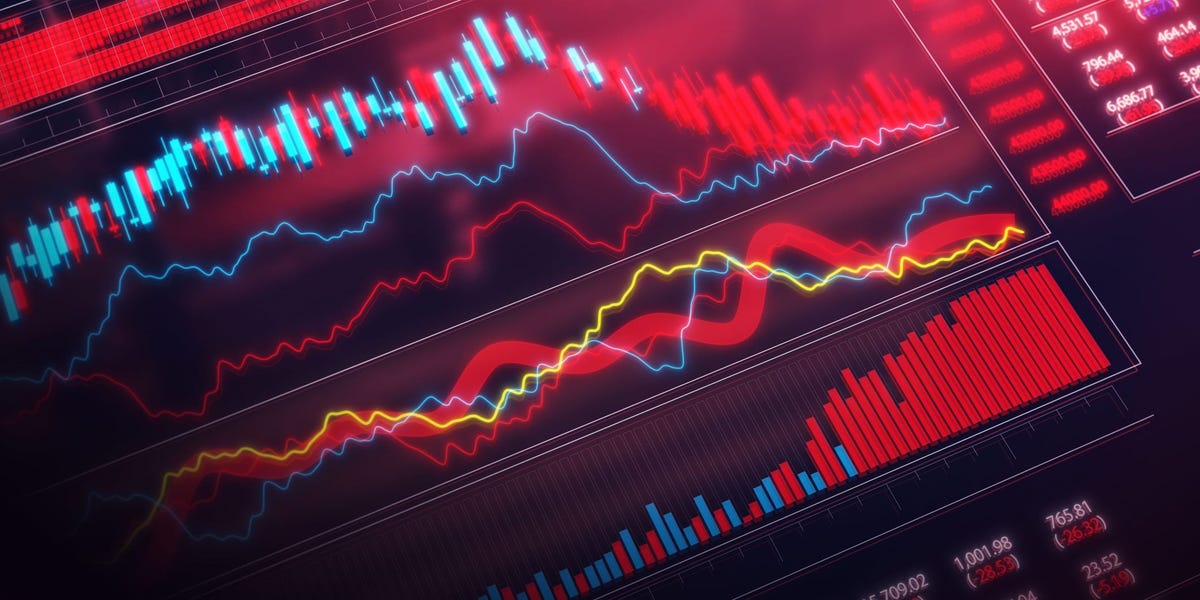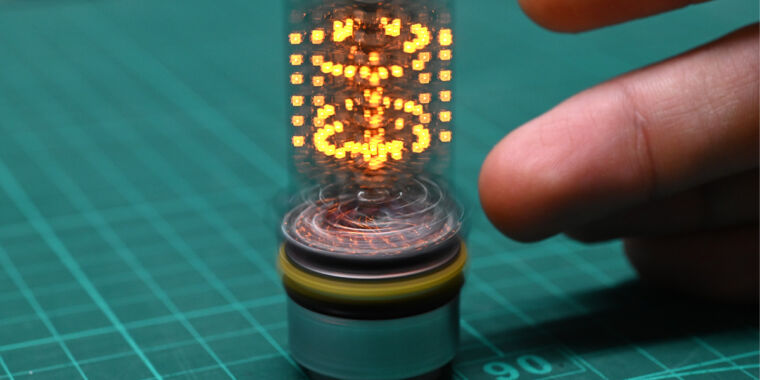A recession indicator with a perfect track record has been flashing red for 20 months now, but the economist who pioneered its use warned against dismissing it just yet.
“I think it’s way too early to declare a failure,” Campbell Harvey told Fox Business about the inverted yield curve.
The 3-month Treasury yield has climbed above the 10-year yield before eight of the past eight recessions dating back to the 1960s, without any false positives. Harvey, a finance professor at Duke University, first identified that pattern over 30 years ago.
The same yield curve has been inverted for around 20 months since October 2022. But past recessions have struck with up to a 23-month lag, Harvey noted.
“We’re still not out of the woods,” he said, noting the indicator will only exceed its historical lead time if there’s still no downturn by October.
Even so, he advised investors not to rely on his alarm bell alone, but to combine it with other measures to gain a fuller picture of the economy’s health and outlook.
Harvey pointed to several economic “red flags” including employment figures for May that were released on Friday. Headline unemployment ticked up to 4%, with Black unemployment jumping from 5.6% to 6.1%. The labor force participation rate also dropped to 62.5% as some people exited the job market.
It’s worth emphasizing that Harvey has been sounding the recession alarm for a while. Last May, he warned the economy seemed to be slowing and might contract for the next six to nine months. In January, he cautioned a mild downturn could take hold this year.
Recession fears have faded in recent weeks, even though GDP growth has slowed from nearly 5% in the third quarter of last year to just 1.3% last quarter, unemployment has edged higher, and inflation has remained well above the Federal Reserve’s 2% target for months.
There was widespread fear of a downturn after inflation spiked to a 40-year high of more than 9% in the summer of 2022, spurring the Fed to raise interest rates from nearly zero to north of 5%.
Higher rates deter spending, investing, and hiring, and increase monthly debt payments owed by consumers and businesses, which tends to cool the economy and boost the risk of a recession.
It may be tempting to dismiss Harvey’s inverted yield curve as a false alarm, but it’s certainly worth monitoring.




